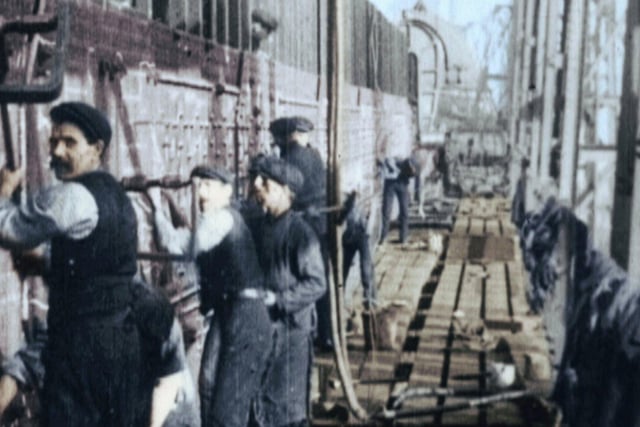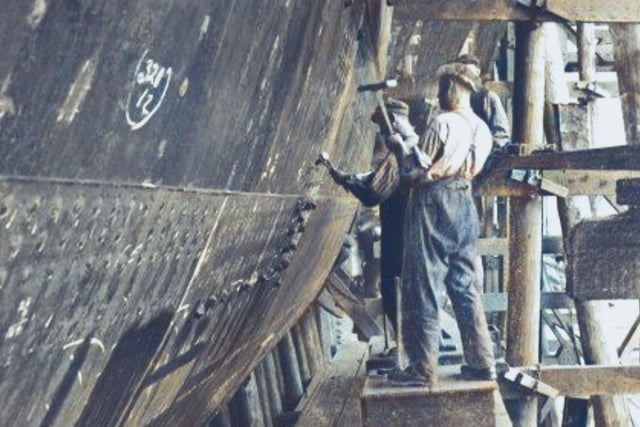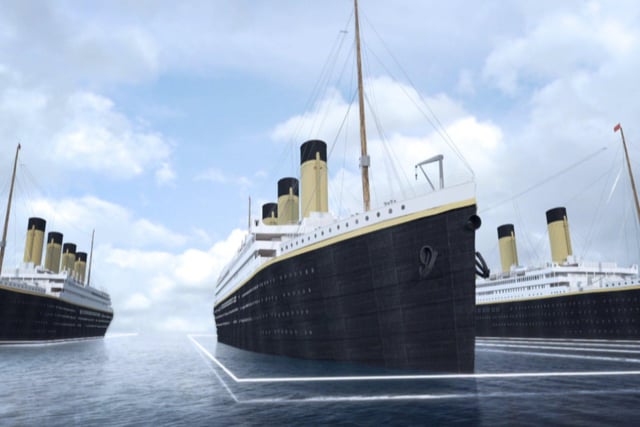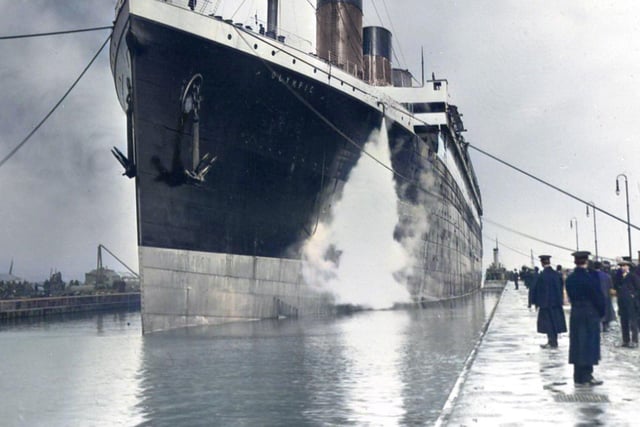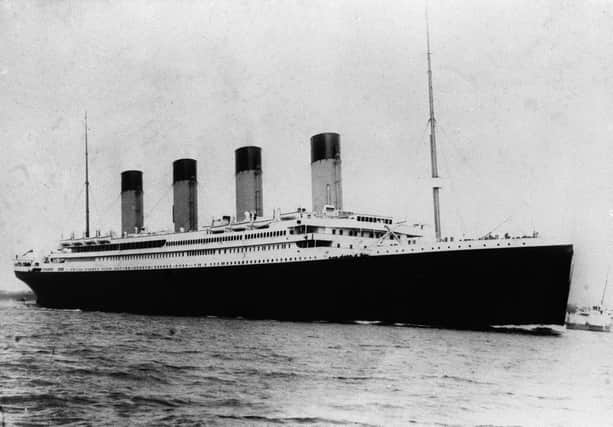But the epic tale leading up to the Titanic disaster is as incredible as her now legendary fate.
From a preposterous idea hatched by two visionaries, to the glorious day she set sail five years later, an hour-long Channel 4 documentary on Saturday evening chronicles the virtually untold story of the supersize steam ship’s construction, and reveals how 15,000 men toiled day and night in life-threatening conditions to create a state-of-the-art floating city.
A floating palace, Titanic was the largest and most technologically advanced moving object in the world. It spent barely five days at sea, but a skilled workforce of thousands had spent years building the ship in a remarkable feat of design and engineering.
Chronicling every stage of construction, the fascinating documentary reveals the story behind Titanic’s construction. Based on original blueprints and unseen archives, cutting-edge special effects bring these naval wonders back to life on screen. We witness them taking shape – and head below deck, where their technological marvels are exposed.
Along the way, all the incredible numbers and jaw-dropping details are exposed. And we discover the outsize ambitions that made it all possible – but which also led to her dramatic demise.
Titanic: Building the World’s Largest Ship airs on Channel 4 on Saturday, April 16 at 7.30pm.
A floating palace, Titanic was the largest and most technologically advanced moving object in the world. It spent barely five days at sea, but a skilled workforce of thousands had spent years building the ship in a remarkable feat of design and engineering.
